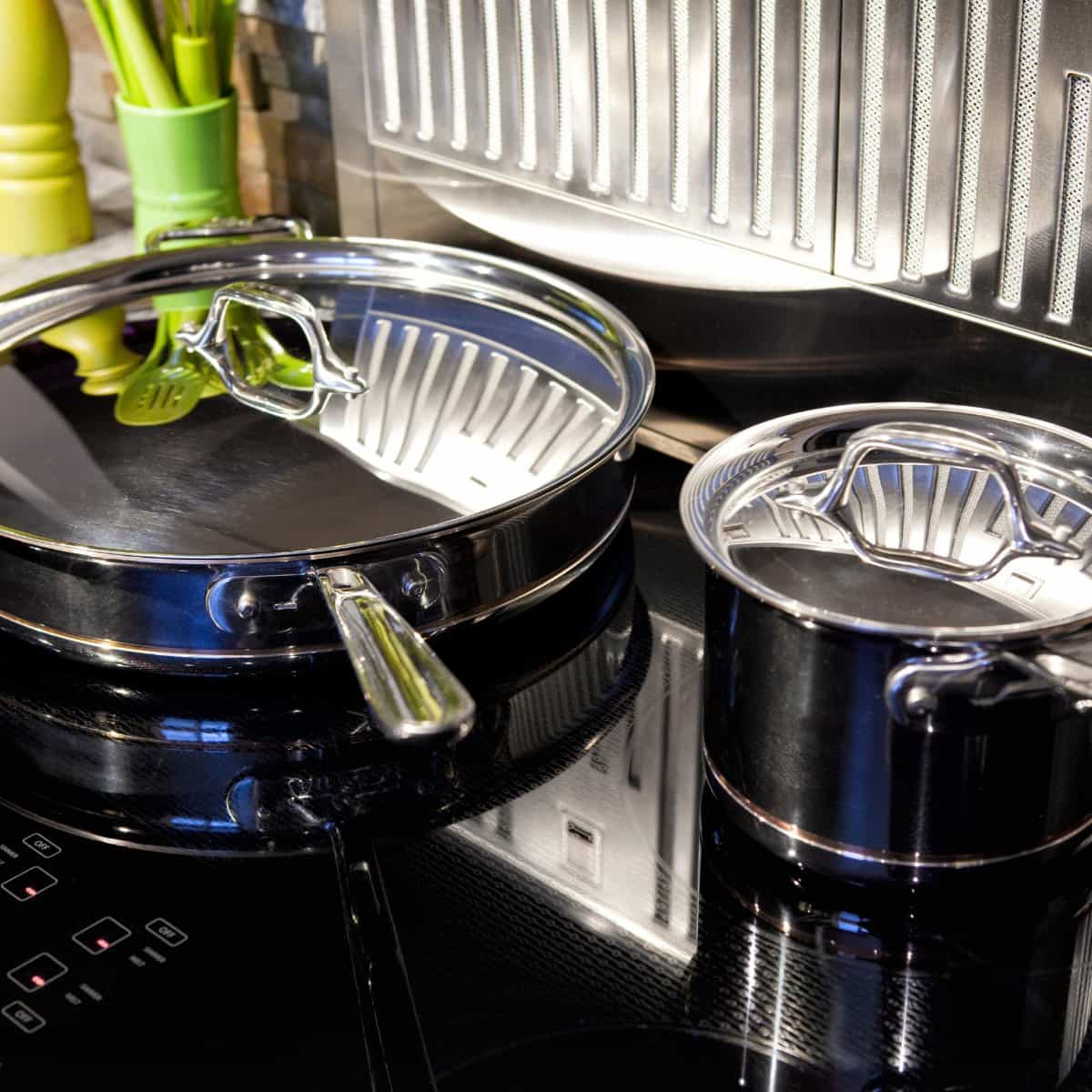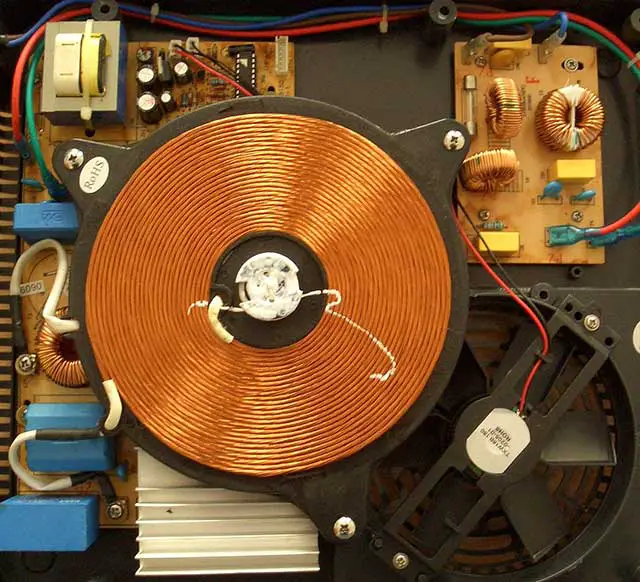Induction Cooktops: How They Work and Their Benefits
An induction cooktop works by inducting electromagnetism into the cookware. Although it gets its power from electricity, an induction cooktop is entirely different from an electric stove.
In an electric stove, the electricity will generate heat on the stove. Anything you put above the stove will get burned and hot.
But with an induction stove, the device will only generate electromagnetic fields. This electromagnetism will cause the cookware to heat up and cook whatever is in it.
So you need specially designed cookware for the system to work. Induction cookware requires magnetic materials, or else they won’t work.

There won’t be heat generated. If you place your palm on the surface of the cooktop, it won’t get burned or heated at all because there’s no magnetism in your hand.
Cookware materials that are suitable for induction cooktops are cast iron, steel, and magnetic stainless steel. Ceramic cookware can also work if it has a layer of iron inside it.
On the other hand, non-magnetic materials won’t work unless the cookware has a layer of magnetic material inserted.
I’ve written this entire post on the best induction cookware sets, which is a great read if you’re deciding to buy one of these portable cooktops.
Induction cooktops are available in many variations for many purposes, from individual to commercial uses. One highly popular type is the portable induction cooktop, which offers many benefits that conventional stove can’t do.

Check out our new cookbook
Bitemybun's family recipes with complete meal planner and recipe guide.
Try it out for free with Kindle Unlimited:
Read for freeIn this post we'll cover:
How do induction cooktops work?

Induction cooktops use electricity to cook. A coil of copper wire is installed under the cooking pot.
After that, an alternating electric current is introduced to the coil. This triggers the creation of an oscillating magnetic field.
This magnetic field continues to build up, and eventually, it creates a magnetic flux that magnetizes the pot on top. As the magnetization occurs, the pot becomes more like the magnetic core of an electric transformer.
As a result, large amounts of Eddy currents are produced in and around it. The buildup of Eddy currents then heats the pot, generating the heat you need to cook your meals.
The benefits of a portable induction cooktop
A portable induction cooktop offers many benefits that sound promising to revolutionize the cooking lifestyle. This innovation can solve some problems we have with conventional stoves. Here are some of those benefits.
Safer
The stove won’t burn anything that isn’t magnetic. You can put a plastic bag above it and there will be no messy melting. The kitchen would be safe for your toddlers, even if they have curious little hands.
Moreover, some portable induction cooktops even have an auto shut-down feature to avoid unfortunate occurrences.
Quick cooking
A regular gas stove takes a few minutes to reach the expected temperature.
On the other hand, an induction cooktop takes less time because it responds instantly. You need just 3-4 minutes with it to boil a huge pot of water.
Energy efficient
Gas and electric stoves aren’t very efficient, as they release unused heat. But with an induction cooktop, it produces heat to directly cook what’s inside.
Conventional stoves are only about 41% efficient while an induction cooktop can go up to 80% efficiency.
Easier to clean
With a flat surface and not many exposed parts, an induction cooktop is significantly easier to clean up. Just one wipe would be enough to make it as good as new.
Adjustable timers
Thanks to the digital timer, now you can turn on your stove and leave it be. This feature is highly beneficial for slow cooking and steaming.
Accurate temperature
Not only can you set the cooking duration, but you can also set the temperature each time you’re cooking. However, there are limits to the temperature settings.
It comes with levels to choose varied ranges and increments for every device. However, those are pretty good for controlled cooking.
Check out our new cookbook
Bitemybun's family recipes with complete meal planner and recipe guide.
Try it out for free with Kindle Unlimited:
Read for freeJoost Nusselder, the founder of Bite My Bun is a content marketer, dad and loves trying out new food with Japanese food at the heart of his passion, and together with his team he's been creating in-depth blog articles since 2016 to help loyal readers with recipes and cooking tips.
